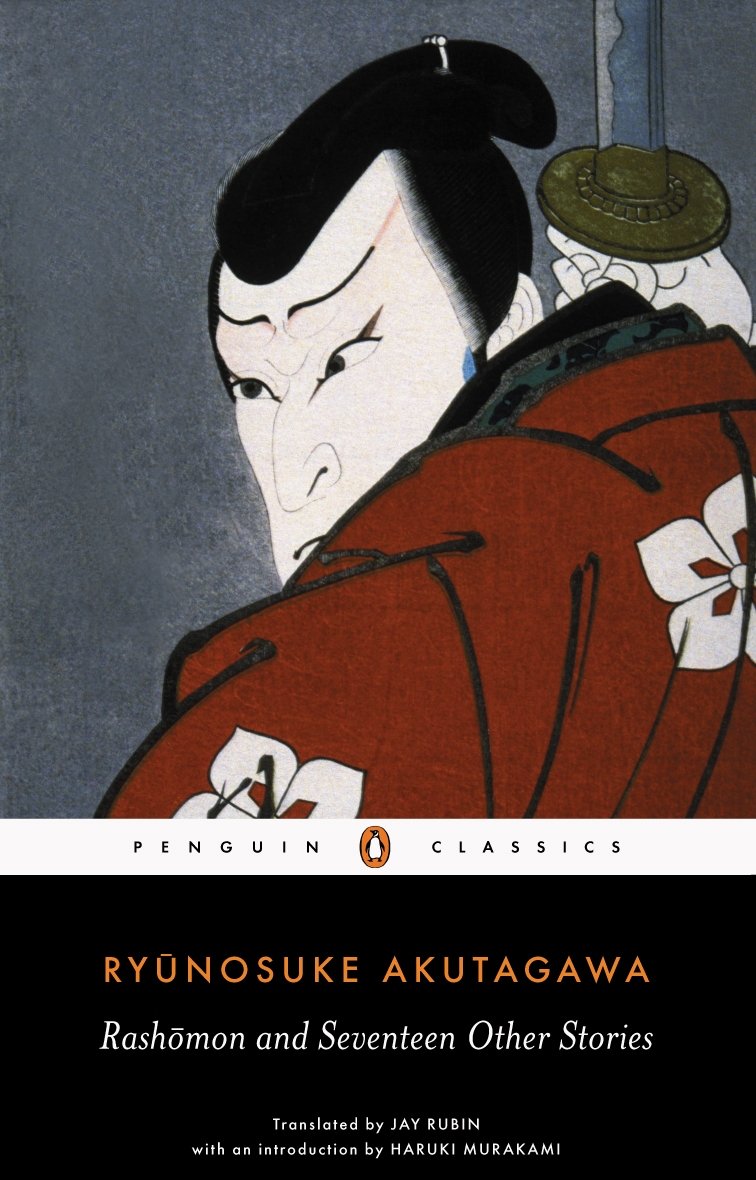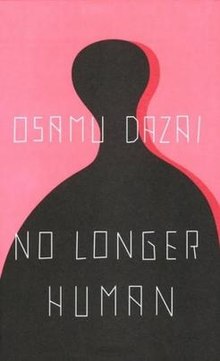Ryunosuke Akutagawa is one of Japan’s most influential writers, regarded as the “father of the Japanese short story”. He’s most famous for the short stories, Rashomon, In a Bamboo Grove, and The Nose.
The book I borrowed contained a timeline of Akutagawa’s life leading up to his suicide in 1892, which helped me understand his life more. The book also has an introductory chapter by Haruki Murakami. I was really surprised to see that. As you may know, I like Murakami a lot.
Akutagawa has written a lot of short stories, and the book I borrowed contained both his famous and lesser-known works. I liked that because it provided me with a more holistic understanding of his writing.
I won’t talk about all the short stories but the ones that left a deep impression on me, good or bad.
In a Bamboo Grove
This is by far my favourite short story in the book. The story is told from various characters’ points of view as they recount a murder. Even the ghost of the deceased shares his point of view. What’s fascinating is that the characters’ accounts contradict, so you’re left debating who the killer was.
Rashomon
Rashomon is about a man who is contemplating whether to become a robber, and he encounters a woman in the middle of stealing from a corpse. This story shows irony and hypocrisy really well. One thing I love about Akutagawa’s stories is that there’s a lot to reflect upon and think about once you’re done reading the story.
The Nose
I didn’t resonate with The Nose too much. I thought that Akutagawa’s writing in this story was too negative.
Hell Screen
This story is about a painter who is tasked with the challenge of painting hell, but he cannot paint what he has not seen. This is my second favourite story in the book. It reminds me a bit of Edogawa Rampo’s horror stories (See my review here). This story has macabre elements and is quite dark. I like it very much.
The style of Akutagawa’s stories changed a lot in his writing career. He has some stories on Christianity, some thought-provoking stories, some autobiographical stories, and some more horrifying stories such as this one. I like his macabre stories the most.
The Head That Fell Off
This story made me think a lot. When a person faces a near-death situation, will they change their ways, or will they fall back to their old bad habits? It’s easy to think about how badly most people fail with new years resolutions, but those aren’t in life or death situations.
Horse Legs
I did not like this story. However, it’s worth mentioning because of how uncanny it is. I can appreciate this aspect, but again, I did not like this story because it was too weird and creepy. I felt uncomfortable reading it.
Spinning Gears
I felt that I knew Akutagawa personally because of this autobiographical story. If you check the timeline of his life, the events are just about identical. This was one of the last stories he wrote before he died by suicide.
Closing thoughts
Read this book! It was such a journey, especially with how the book is divided into three parts. I can see why Ryunosuke Akutagawa is a renowned writer, and I’ll be thinking about his works for a long time.
















